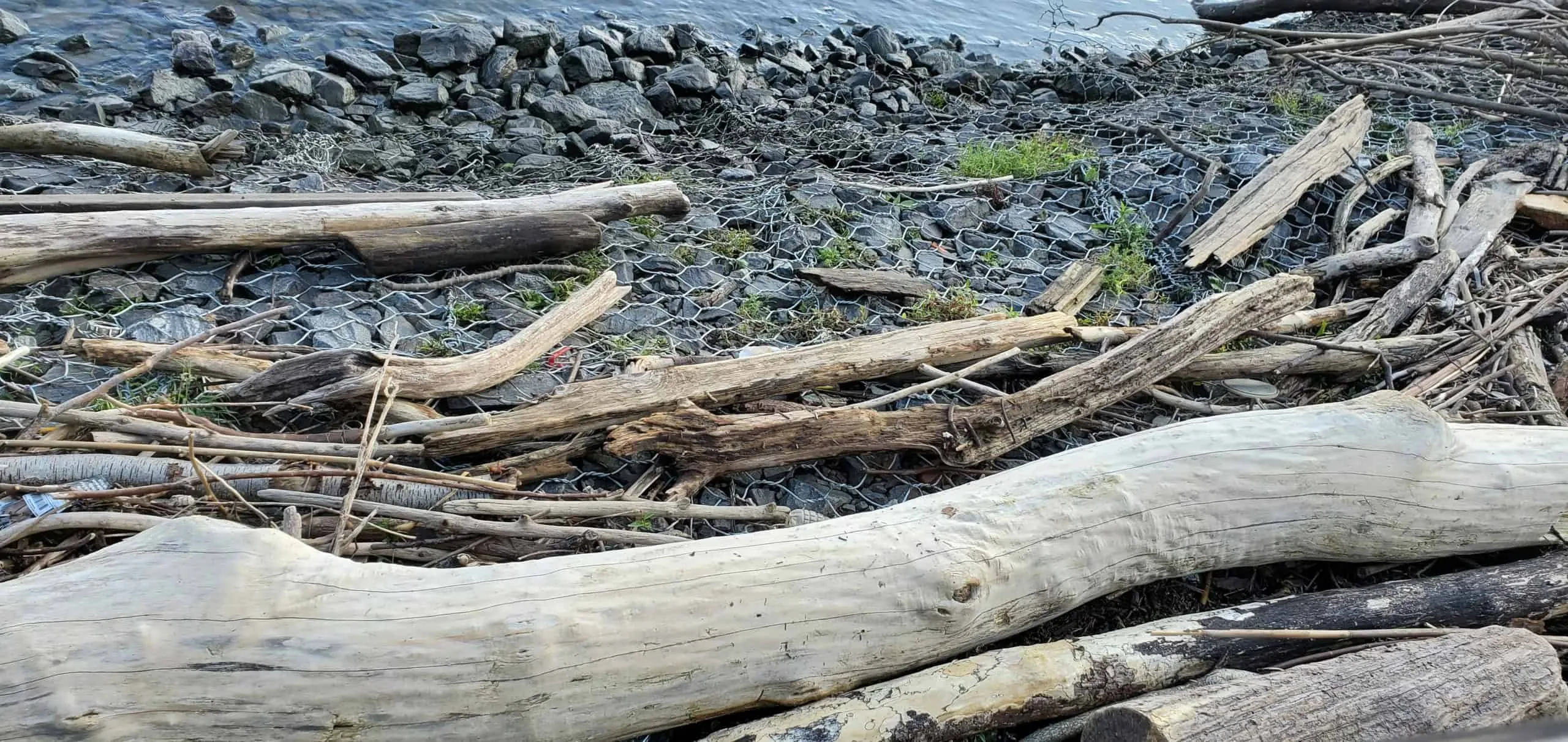Driftwood has been used for a long time in different sculptures, art pieces, and aquariums. It can be a beautiful addition to all sorts of places. But the cracks in driftwood can make it look distracting and unattractive. Furthermore, these cracks could be a sign of decaying or rotting driftwood underneath. So before you start using the driftwood in any way, it is important to get rid of these cracks first. Take a look below and find out why driftwood cracks and how to stop your driftwood from cracking.
Why does driftwood crack?
You might have gotten your hands on a newly discovered piece of beautiful driftwood. And surely you must be planning to use it in some way. But the sudden cracking might have stopped you and caused confusion. Well, no need to worry because now you can learn why this happened.
Once removed from the water, when the wood is placed in a dry place, it might start to crack. This usually happens when the water starts drying out from the wood at a very fast speed. Nevertheless, you can use different techniques that can help slow down the cracking and drying process.
Another reason for driftwood cracking could be because it has started decaying. In such a case, you should opt for methods to slow down the decaying process.
However, it has been observed that driftwood does not crack much when it spends a long period of time soaking in water. To learn more about how to keep the driftwood from cracking, read below.
How to keep my driftwood from cracking
To prevent the driftwood from further cracking, you can let it air dry slowly. Spring is a suitable time for this task since the mildish air and damp rainy days can provide a good environment for the wood. It is better to keep the wood under a cover so that the sunlight doesn’t completely dry it out.
However, if the above-mentioned method is not possible for you, you can try one of the upcoming methods as well.
Some people also suggest burying the wood in rice or baking it at very low temperatures to slowly dry out the water. Another very common method is to boil the wood in salt water to make sure it doesn’t crack.
One more method suggests microwaving the piece of wood for short bursts and letting it cool down. The technique has provided fairly good results for many people.
When working with an oven or hot wood, be very cautious and do not touch wood while it is hot. Leave the wood in the oven until it gets cold, and use gloves to pick it up.
What can I fill in the cracks of my driftwood?
It is hard to ignore the cracks on driftwood. They must be filled, enhanced, or featured so that they don’t take the attention away from the actual piece of art. To fill in the cracks of your wood, you must first clean it from the inside. A brush or mini scraper can be used to get out the decaying wood from the crack. Once the crack is cleaned, it can be enhanced or filled.
If the crack is big, it is better to use it as an enhancement to your art piece. Else if the crack is small, you can easily fill and hide it.
How to fill in the cracks of driftwood
If you have decided to fill the cracks on your driftwood, you can do it using a wood glue and water mixture. You can also add the debris of wood to wood glue to fill in the smaller cracks.
- Use a paintbrush to wet the crack with water.
- Next, apply the mixture of wood glue and water using the same paintbrush. Make the mixture using both the liquids in 50-50.
- If the mixture does not penetrate into the crack, use a toothpick and push it down.
- Add wood debris to the top and then sand down the crack.
- If possible, use a clamp or a rubber band to hold the cracked wood together.
Avoid using a hairdryer to dry off the glue. It is better to let it dry naturally. Make sure you clean off the excess glue and wood debris to avoid the need for extra sanding.
Conclusion
Working with driftwood can be very fun, but it can be heartbreaking to see your driftwood crack. Now that you know why it happens and how you can prevent it, you can get back to working on your driftwoods. And even if it does crack, you can use the discussed method to fill in the cracks and make your driftwood new as before.
You can also use these cracks to your benefit by using them to complement the artwork you are making. Whatever you choose to do, make sure you take care of your wood before and after the DIY processes. Till then, have fun crafting!

